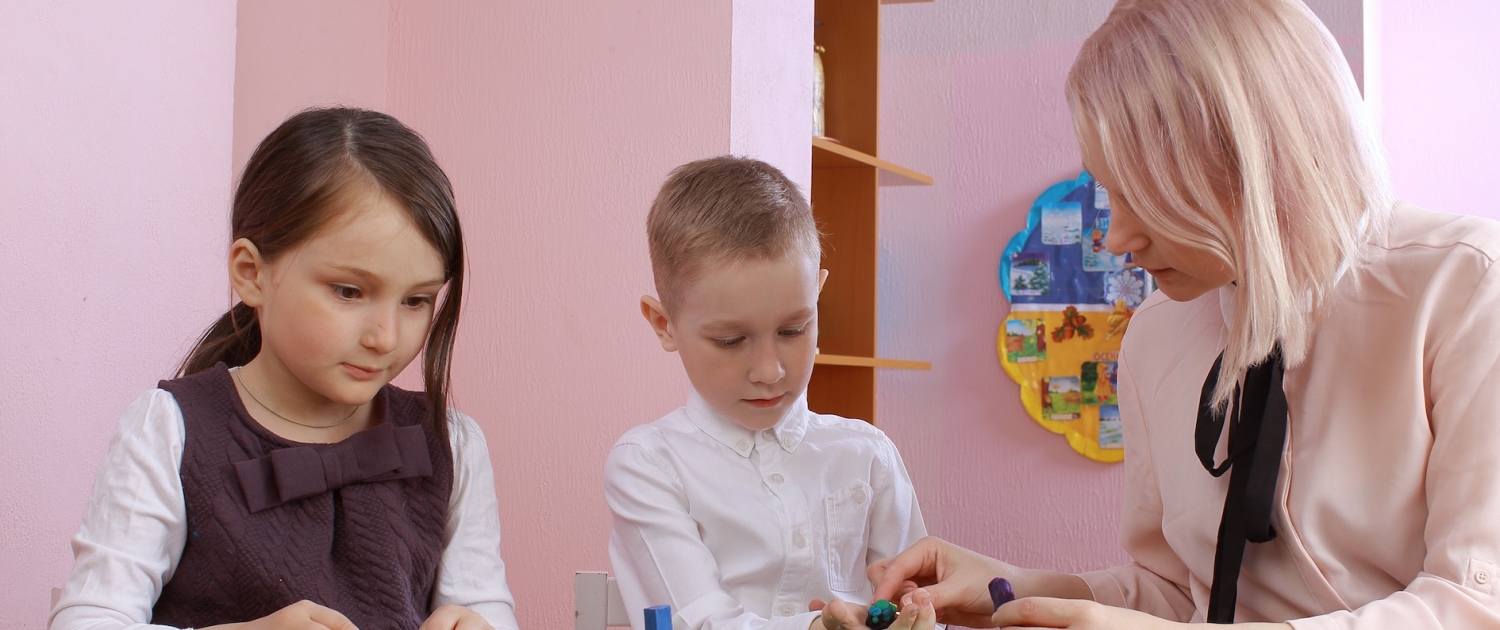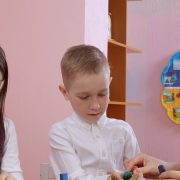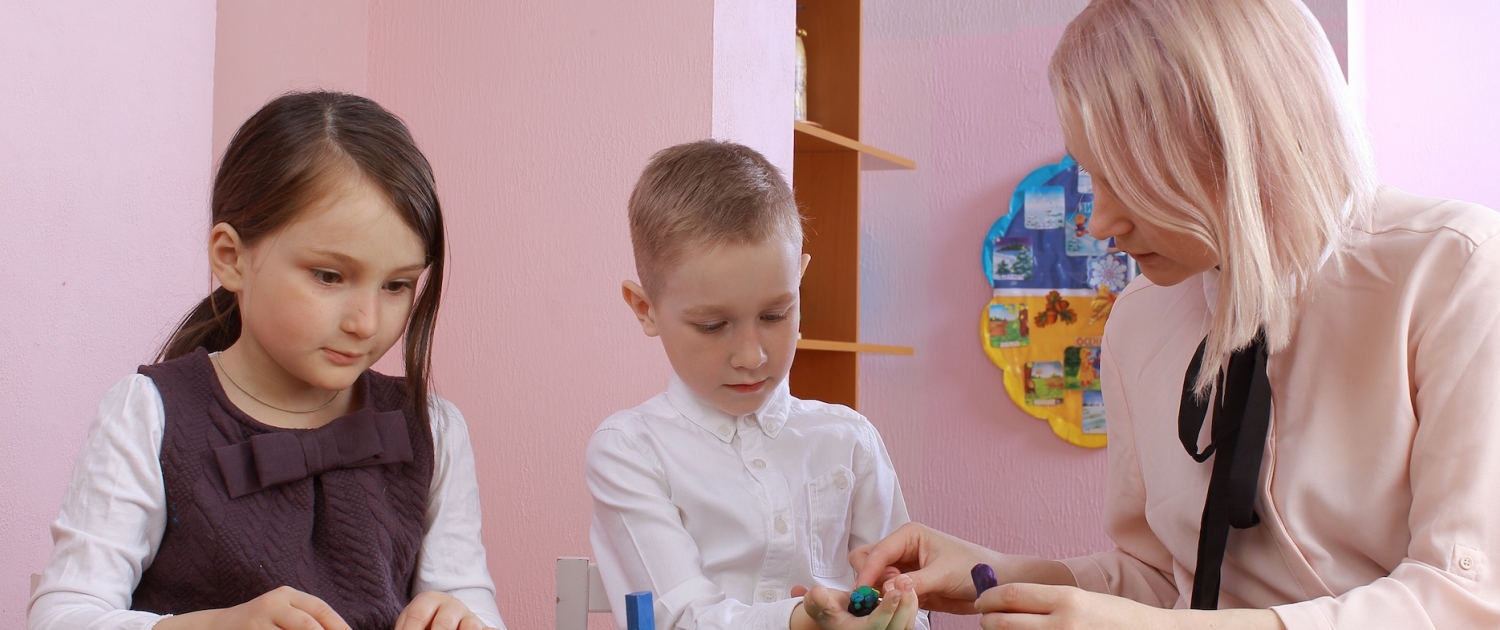
Behavioral Management for Defiant Children: A Series
Relentless tantrums, opposition and attitude at every request, always on the brink of the next crisis at home or in public… sound familiar? If you are among the many parents who are at their wits end parenting your “defiant child”, this next blog series is for you. Taking the wisdom from Alan Kazdin, a leading child and behavior psychologist, and his parenting guide, The Kazdin Method for Parenting the Defiant Child, we will explore his tried and true, research-based parenting technique for approaching difficult children. The goal of his method is to hone in on your parenting craft and improve your child’s behavior, which ultimately and most importantly leads to improved relationships. This series covers myths of parenting, the ABC’s of positive reinforcement, and a program that puts it all together.
Let’s begin with some myths of parenting. Much of the instincts parents have are positive, such as the natural inclination to shower children in hugs and kisses. However, when it comes to behavior management, there are some underlying assumptions that parents don’t always get quite right. Here are seven common misconceptions:
- Punishment is an effective method to change behavior
While punishment has its place in parenting, it is not actually an effective method for changing behavior. Contrarily, punishment is a temporary fix that works in unproductive ways and, in reality, has negative consequences. The unwanted behavior may stop in that moment, but your child now knows what not to do in front of you instead of understanding the desired behavior. They may now avoid you, become more aggressive, or become resistant to the punishment. When the bad behavior inevitably comes up again, possibly with increased aggression, you will naturally increase the severity of punishment and thus the cycle continues and the behavior remains.
- Quantity of reminders equates to quality of behavior
Parents often assume that if they remind their child to perform a task enough times, the child will eventually listen. As perhaps you’ve experienced, more often this just leads you to be exasperated and frustrated when their room is still a mess after your fiftieth reminder to clean it! Your reminders are actually working against you. In fact, studies have proven that more reminders leads to a lower likelihood of the desired behavior: nagging decreases the power of your requests while increasing your own stress levels.
- Rationalizing with your child changes behavior
Okay, so punishments and reminders aren’t working. Surely explaining to your child why a behavior is not okay will be the solution. Unfortunately, rationalizing with your child is also a dead end for changing behavior. While explaining is a great tool for increasing understanding, understanding in itself does not lead to action (this applies to adults as well- we understand that dessert is not great for our health, but does that always stop us from eating sweets?). There are no tangible positive or negative consequences to reinforce behaviors in just an explanation. Therefore, on its own, it is ineffective for behavior change.
- Too much praise will make children spoiled
Praise delivered in the right way can be extremely effective in shaping behavior. The quantity of praise is not as much a factor as is its quality. The key to effective praise is to practice noting specific, positive behaviors instead of giving out general, empty compliments.
- Behavior will be consistent if demonstrated once or twice
Just because your child demonstrated capability of performing your desired behavior does not mean you can count on seeing it consistently. Just with creating or changing any new habit, behaviors have to be solidified through consistent repetition and reward, also known as positive reinforcement.
- All children within a family need the same approach
What works with one of your children may not work for others. Some of your children may need different strategies that your other children did not need and that is perfectly okay. It is important to relax your expectations across your children and loosen up your timeline for development benchmarks by appreciating their inevitable differences.
- Children are purposely being manipulative
While it may seem that children are acting difficult for the sake of being difficult and manipulative, it is more likely that they are acting out unwanted behaviors that have been unintentionally reinforced. For example, maybe your child is whining and crying to get something. You’re at your limit and in order to get the whining to stop, you give them your attention or maybe even concede to their wants. You feel relief when the negative behavior stops, but you’ve also unknowingly rewarded whining and crying.
Now that we’ve debunked some of the misconceptions of parenting, we can start to reimagine effective parenting. In the next part of this series, we will do just that by explaining the ABCs of positive reinforcement. In the meantime, if you have any questions or concerns about your parenting approach, Dr. Gordon and his staff at Pathways Neuropsychology Associates have a wide breadth of experience and knowledge to share on parenting, child development and behavioral psychology. Call today to set up an appointment!
Source: The Kazdin Method for Parenting the Defiant Child by Alan E. Kazdin, PhD






 Neuropsychological Evaluations for Monitoring Cognitive Functioning in Dementia
Neuropsychological Evaluations for Monitoring Cognitive Functioning in Dementia








 Gender Differences in ADHD
Gender Differences in ADHD
